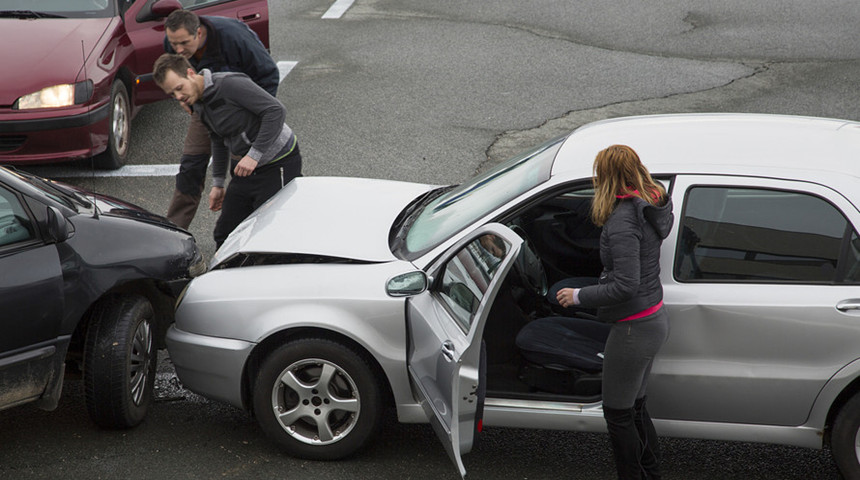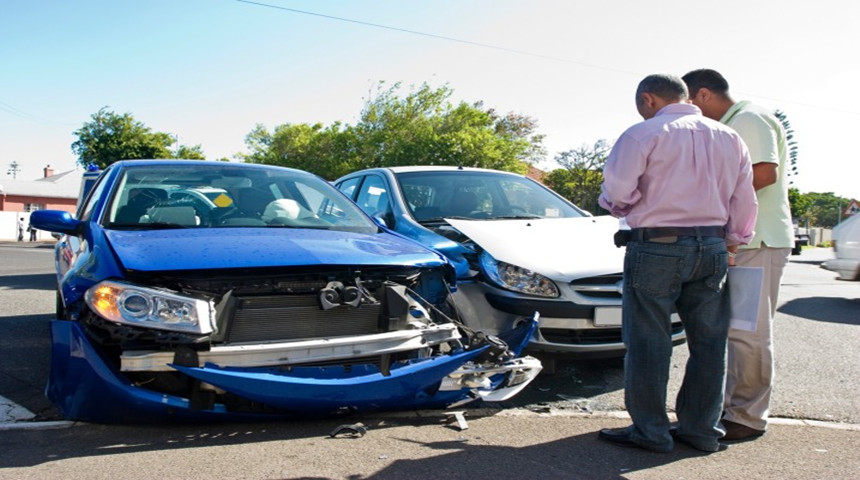Common Types Of Car Insurance Covers

In most countries, it is mandatory to buy car insurance to drive on public roads.
Insurance companies generally charge a fixed price per car or per year. Insurers pay this amount, also called premium, to the insurance company. If the insurer claims against the insurance company, the company will reimburse the demand for the funds collected through these expenses. When purchasing car insurance, the customer is protected in another way, depending on the type of coverage purchased.

Liability insurance covers claims made against the client or the insured by other parties. It also generally covers claims against any other driver or car operator of the insurer, provided they do not reside at the same address as the insurer and are not separately excluded from the policy. If the address of these drivers or operators is the same as that of the insurer, they must be specifically covered by the policy directly. Passive insurance does not protect the customer or the insured if he is driving a car other than his own, and which is covered by that specific insurance cover. In that case, the customer is covered by the policy of the owner of the other car.

Comprehensive insurance is made to cater for replacement or repair of the car by the insurer due to damage not made in an accident, including damage caused by bad weather.
Collision insurance is an insurance policy that promises to pay for the repair or replacement of the car of the insured in the event of an accident, regardless of who caused the accident.

Gap insurance was created considering the ever-rising cost of cars, long-term loans and an increase in the number of rented cars. Leave permits to provide protection to customers when a “gap” is formed between the actual value of the vehicle and the amount owed to the bank.
